Geely's Constellation Continues Rapid Deployment [Jielong-3 Y7]
Another sea launch places eleven more satellites in orbit.
Off a sea-launch platform in waters near Rizhao (日照市), in Shandong province (山东), a Jielong-3 blasted off at 03:48 am China Standard Time on September 9th (19:48 pm Universal Coordinated Time on September 8th) heading into a 600-kilometer 50-degree low Earth orbit. This launch once again carried a group of commercial satellites.
Riding Jielong-3 were the fifth group of satellites from Geespace, with 11 spacecraft, for its Geely Future Mobility Constellation, bringing it up to 52 satellites in orbit. This constellation is set to provide communication, connectivity, and positioning services worldwide, with an accuracy at a centimeter level.
Each satellite onboard is believed to weigh about 130 kilograms while generating electric power from two solar arrays. Electric propulsion systems are also onboard the spacecraft for raising into operational orbits or for trialing complicated maneuvers.
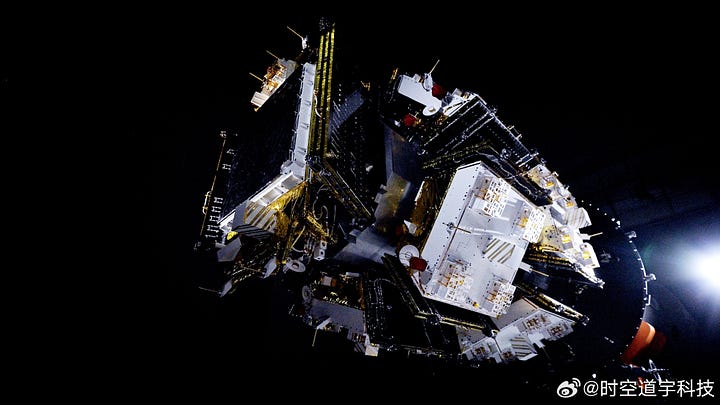
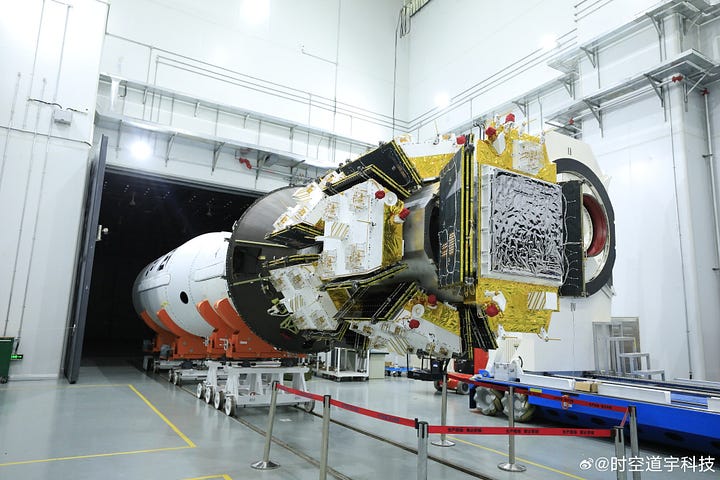
Speculative note: Is that a ‘generation two’ satellite at the top of the payload adapter, as it is a much larger satellite with what appears to be a substantial phased array antenna?
The Geely Future Mobility Constellation is backed by Chinese automaker Geely, with the wholly-owned subsidiary Geespace developing spacecraft and managing the constellation. Deployment of the constellation began in 2022, before resuming in 2024 and continuing in 2025.
Geespace is deploying its constellation in three phases. Phase one (2022-2025) will involve the deployment of 72 satellites into orbit. Phase two will add an additional 264 satellites, and phase three will add another 5,676 satellites. In total, 6,012 satellites are planned to be deployed. Once phases two and three of satellite deployment are completed, services will be expanded to include connectivity to mobile phones and satellite internet.
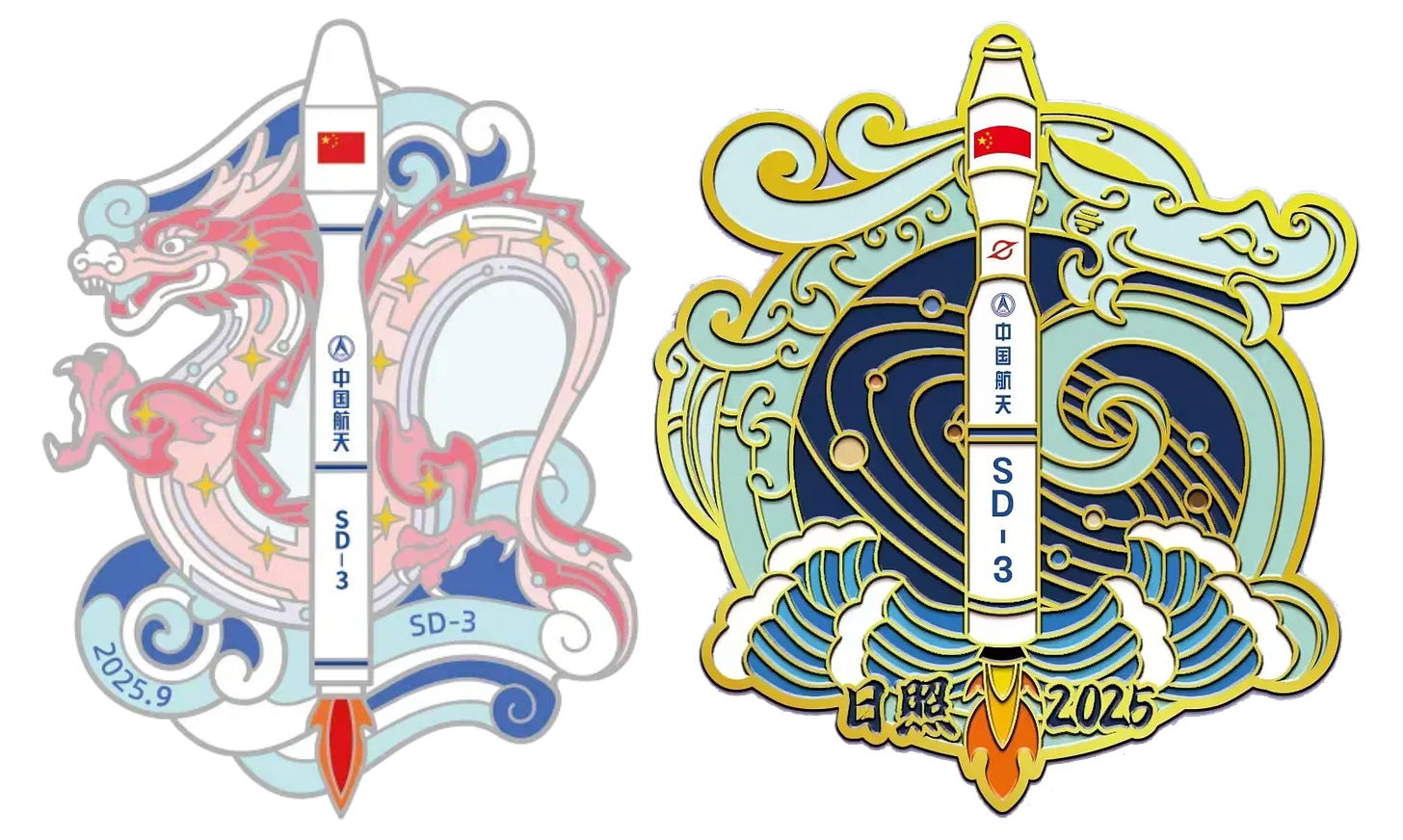
Today’s launch was the fastest turnaround for the Jielong-3 launch vehicle, coming four weeks after the last, as well as being the second of three for back-to-back-to-back launches for Geespace. Commercial subsidiary of the China Academy of Launch Vehicle Technology, China Rocket (中国火箭) worked to optimize the launch costs and preparations, refining safety planning as well as personnel allocation and rotation to enable simultaneous launch campaigns, ahead of a greater flight rate.
This launch was the 7th mission for the Jielong-3 launch vehicle. This was also the 54th launch from China in 2025.
Liftoff video via 中国火箭 on WeChat.
Livestream replay via International Rocket Launches on YouTube.
Check out the previous Jielong-3 launch
Sea Launch Expands Future Mobility Constellation [Jielong-3 Y6]
From the waters near Rizhao (日照市), in Shandong province (山东), at 00:31 am China Standard Time on August 9th (16:31 pm Universal Coordinated Time on August 8th), a Jielong-3 blasted off from a sea launch ship heading for low Earth orbit, carrying a group of commercial constellation sa…
What is Jielong-3?
This section is for those less familiar with China's various commercial launch vehicles.
Jielong-3, also referred to as Smart Dragon-3, is a four-stage solid-fueled launch vehicle manufactured by the China Academy of Launch Vehicle Technology. The vehicle is operated commercially via a wholly-owned subsidiary of the China Academy of Launch Vehicle Technology called China Rocket. All four stages are believed to burn an unspecified solid propellant, with the first-stage generating 200 tons of thrust.
The payload capacity of the launch vehicle is currently as follows:
1,600 kilograms to a 500-kilometer sun-synchronus orbit.
On a launch platform, Jielong-3 is believed to be 31 meters tall. Details about the four stages of the vehicle are scarce but the first two stages have a diameter of 2.64 meters, with the fairing having a diameter of 3.35 meters. When prepared for launch Jielong-3 weighs a believed 145,000 kilograms.
So far Jielong-3 has flown from sea launch platforms in the East China Sea, South China Sea, and Yellow Sea.
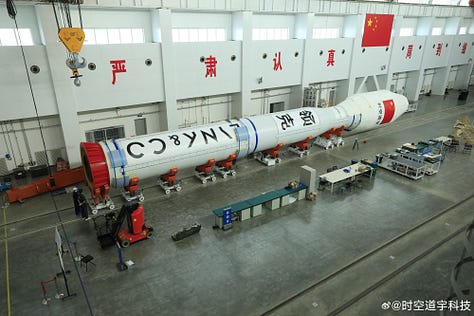
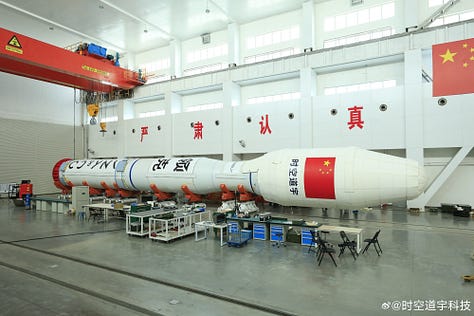
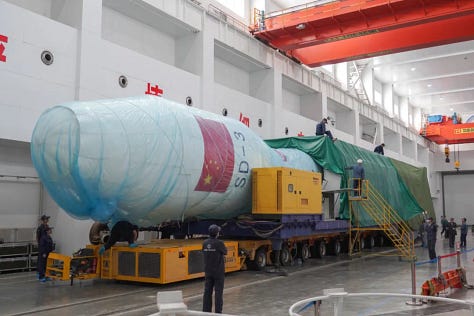



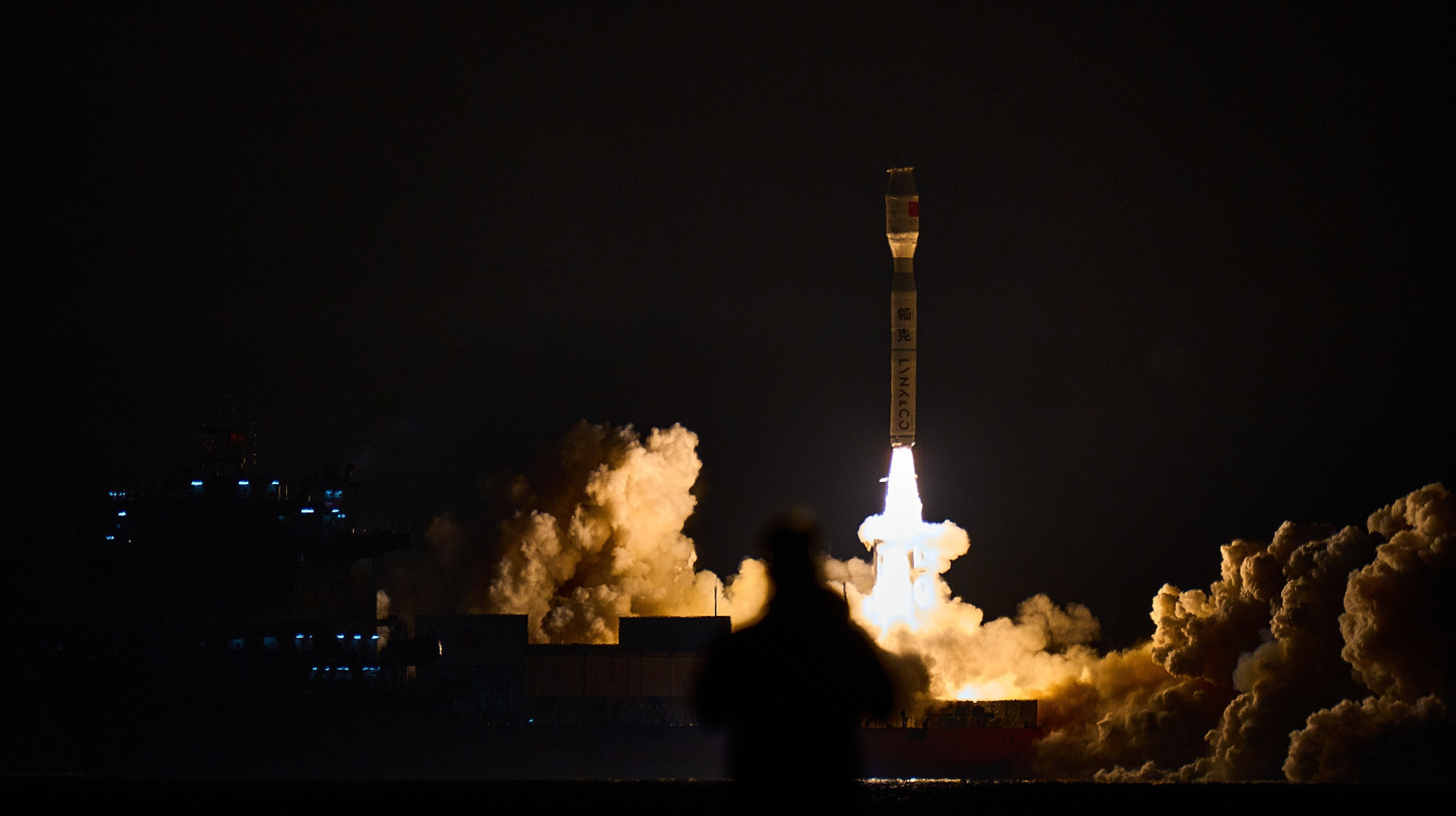
![Sea Launch Expands Future Mobility Constellation [Jielong-3 Y6]](https://substackcdn.com/image/fetch/$s_!VVwK!,w_1300,h_650,c_fill,f_auto,q_auto:good,fl_progressive:steep,g_auto/https%3A%2F%2Fsubstack-post-media.s3.amazonaws.com%2Fpublic%2Fimages%2F1bd5752d-2b18-4bfb-bf16-0149243d46e6_9239x4116.jpeg)
Hi, Jack.
Another great edition, thanks!
Typo alert: title - "deployment"
Cheers!